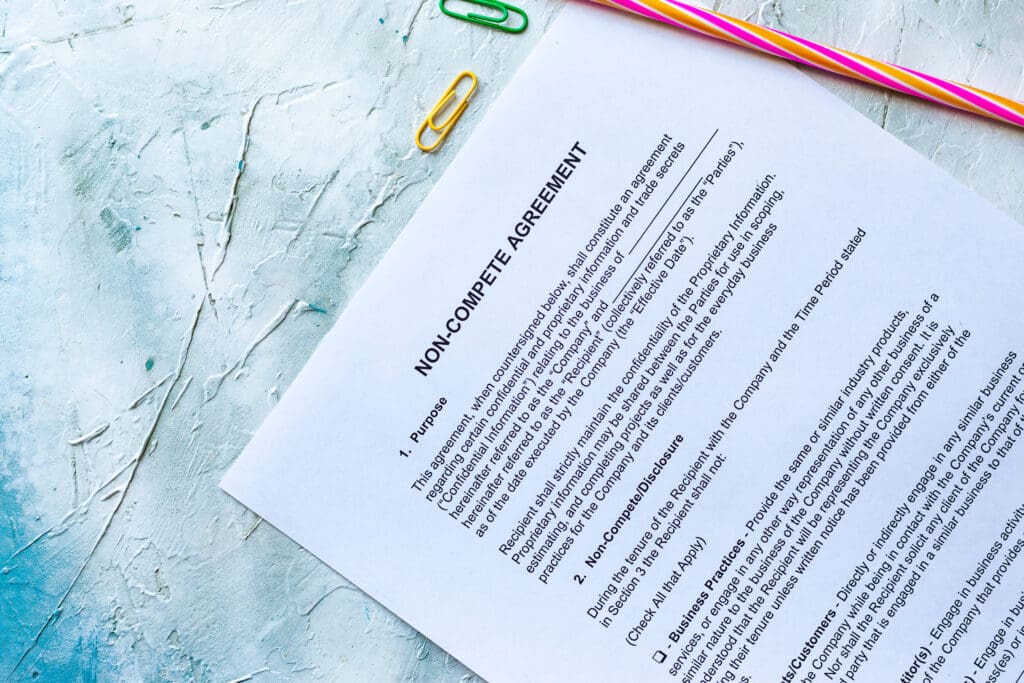Groundbreaking legislation will hold HR and organizations lawfully responsible if they don’t foster an environment free of harassment, bias, and discrimination.
By Maggie Smith
The “H.R. 4445, Ending Forced Arbitration of Sexual Assault and Sexual Harassment Act of 2021,” or the #MeToo bill, was recently signed into federal law by President Joe Biden and has been called a landmark piece of legislation. Signaling a major change in the way organizations handle sexual harassment claims, under the new law, employees have, for the first time, the option to choose how they would like to resolve workplace sexual harassment or sexual assault disputes.
The new ruling reflects the evolving employment landscape emerging from the #MeToo movement and the pandemic. Prior, employment agreements with mandatory arbitration clauses required that employee claims be decided by a third party -an arbitrator -rather than a jury and that the proceedings be kept confidential. Now, employees have a choice to settle sexual harassment and sexual assault claims through an arbitrator or in court.
Choice is key here. Not every employee will want to go to court and may prefer a private forum. It’s also important to note that in some cases, non-disclosure agreements (NDA) would still be required. That said, speaking publicly about workplace harassment brings greater awareness and transparency to this issue that affects organizations across industries.
Beyond its impact on mandatory arbitration, the #MeToo law shines a light on the need to foster a safe, ethical work culture of respect and inclusion and is an important step forward in holding both individuals and companies accountable.
In considering the impact of the new law, here are some immediate actions for companies to consider.
- Review and update employment agreements and employee contracts to ensure compliance with the new law.
- Review and update relevant policies and procedures throughout the organization’s operations.
- Ensure sexual harassment investigations are prompt, thorough, and unbiased.
There are additional actions to take throughout the year.
- Regularly train and retrain leadership and employees. One of the takeaways from the new law is that company leaders can no longer look upon an arbitration clause as a way out of an ugly situation by default. It holds companies accountable for the actions of bad actors and reinforces the importance of ongoing sexual harassment prevention training that is tailored to the organization and its workforce and includes bystander intervention techniques. Looking forward, there should be greater emphasis on compliance training and leadership’s role in driving home the value of training, education, and communication.
- Provide multiple ways for employees to express concerns, ask questions, and report harassment. As part of creating a speak-up culture, consider implementing an anonymous feedback box (such as Suggestion Ox) or outsourcing a hotline that employees can use 24/7 to raise concerns or report harassing behavior. Hosting informal meetings at a regular cadence is another way for employees to discuss workplace issues and interact with senior leadership. And it’s an opportunity for leadership to reassure employees that all complaints of misconduct will be taken seriously. Of course, senior leadership must buy into this open, candid exchange. This is where HR leaders can make a difference by working closely with the CEO.
- Proactively protect your employees and be aware of red flags. Workplace harassment is not always face-to-face. Managers and employees need to be aware of harassing behavior, whether employees are in the office or at home. Inappropriate comments and jokes made in texts, emails, chat messages, on video calls, or social media are a few examples of behaviors that can lead to harassment. Managers should also be aware of employees’ emotional stress that may be a sign of harassment or bullying.
- Make improving workplace culture a priority. Culture is not a “set it and forget it” initiative. It requires ongoing nurturing from everyone in the organization to create an environment where employees can feel psychologically safe, engaged, inspired, productive, and comfortable bringing concerns forward to leadership and HR. A positive, supportive work culture attracts job candidates, helps retain current employees, and is reflected in relationships with customers and partners. Companies with healthy cultures experience less turnover during The Great Resignation, according to research by MIT Sloan. Their analysis found that a toxic corporate culture -marked by unethical behavior, disrespect, and a failure to promote diversity, equity, and inclusion -is 10 times more important than compensation in predicting turnover.
In the ever-evolving world of work, the new #MeToo law that ends forced arbitration for individuals pursuing sexual harassment and sexual assault claims has real consequences for organizations. It’s an important step forward in holding both companies and leadership accountable and ensuring that policies, procedures, practices, training, and professional development work together to create an inclusive culture in which everyone feels respected, valued, and empowered.
Maggie Smith is the vice president of human resources at Traliant.














